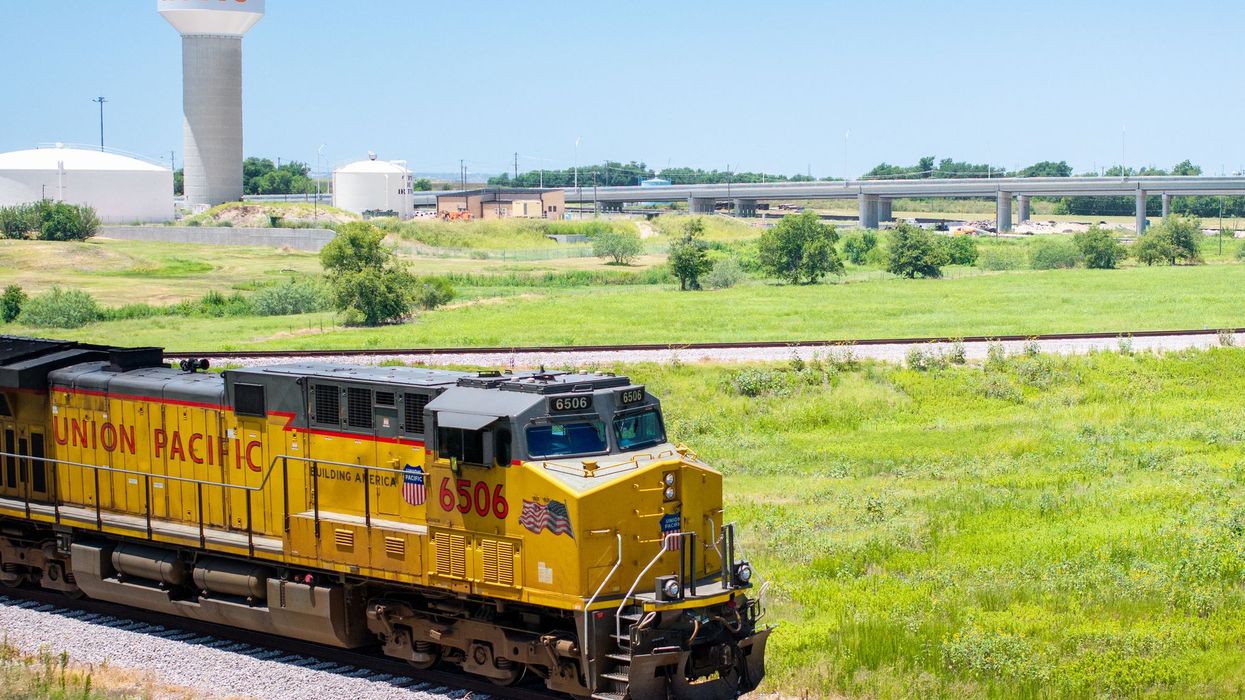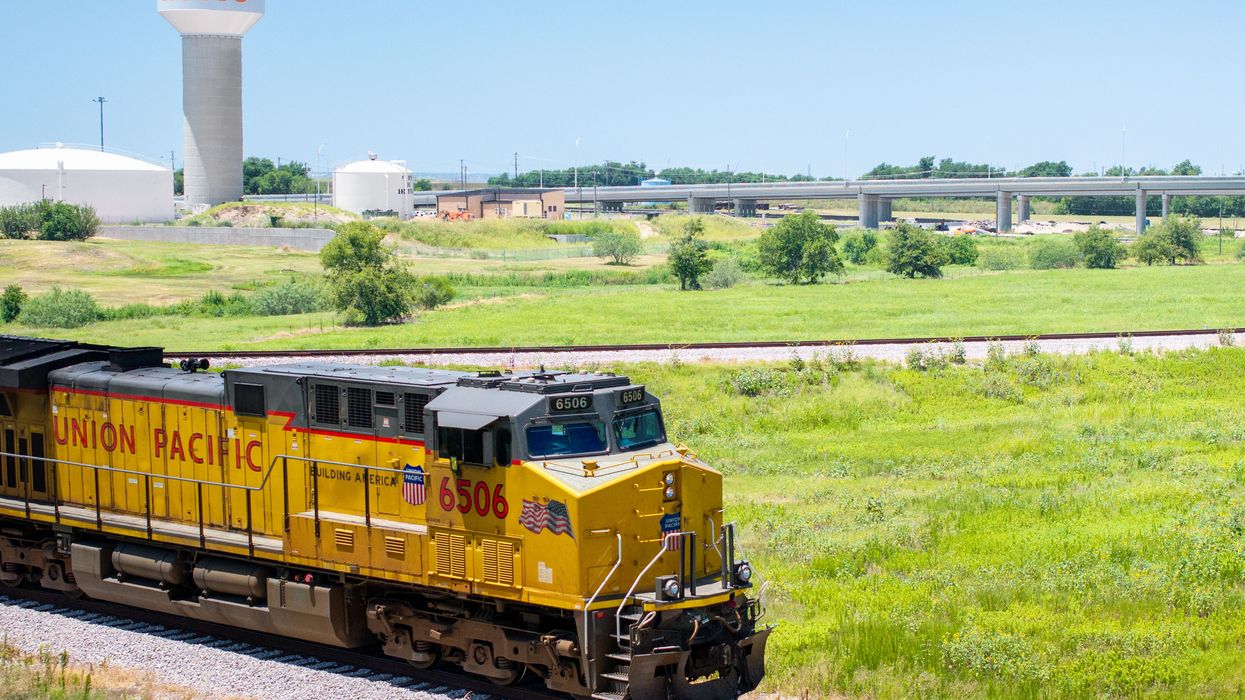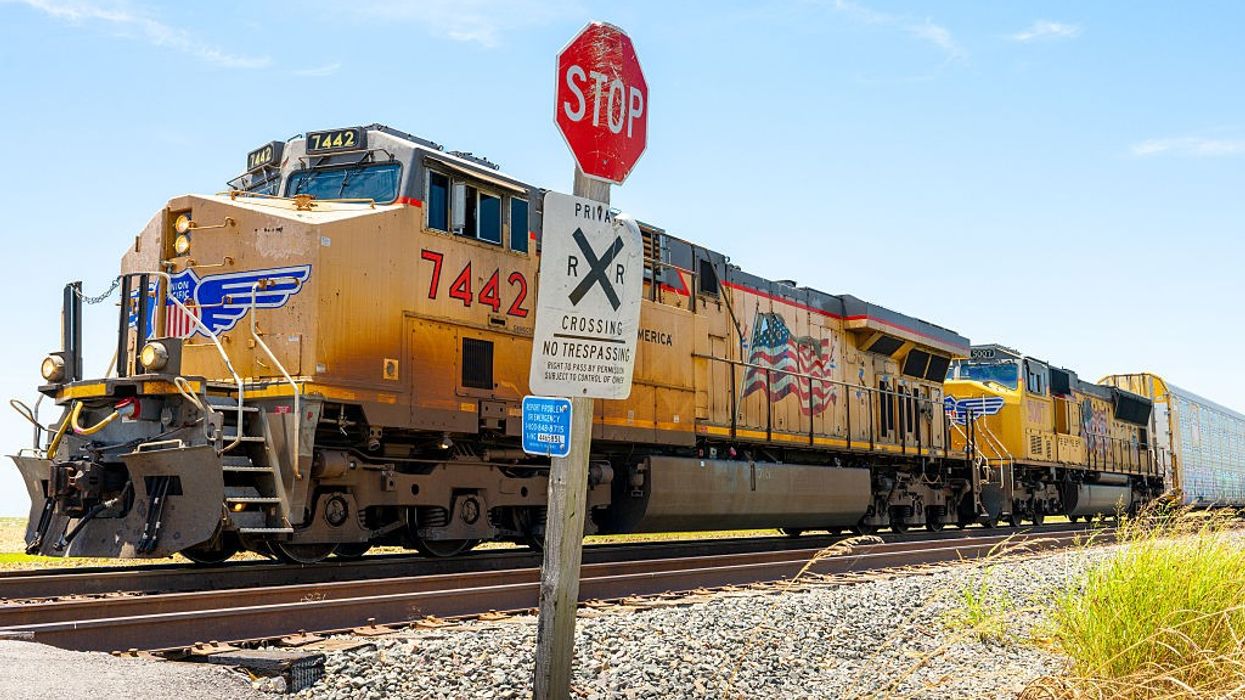Top Rail Unions Denounce Union Pacific-Norfolk Southern Megamerger as 'De Facto Monopoly'
"For rail customers, it will be a choice between ‘Hell or the highway,’” said Mark Wallace, the national president of the Brotherhood of Locomotive Engineers and Trainmen.
Two of America's largest railway workers unions have come out against the $85 billion merger of two major railroad conglomerates, warning that it will harm competition and worker safety.
The Brotherhood of Locomotive Engineers and Trainmen (BLET) and the Brotherhood of Maintenance of Way Employees Division (BMWED) represent more than half of the employees at the Union Pacific Railroad and the Norfolk Southern Corporation, which it plans to acquire.
The US Surface Transportation Board (STB) is expected to receive a formal proposal from the two companies on Friday. President Donald Trump said in September that the deal "sounds good" to him.
If approved, it would allow the two firms to merge into the largest railroad company in US history, controlling more than 50,000 miles of track across 43 states. According to the Associated Press, such a railroad would likely control over 40% of the nation's freight.
The unions warned on Wednesday that the deal would create a "de facto monopoly" in large swaths of the country.
“We believe this transcontinental railroad will make shipping by rail less attractive as the merged carrier passes off rail lines that serve small towns, factories, and farms to short line railroads while running miles-long slow-moving trains on the main line," said BLET national president Mark Wallace. "For rail customers, it will be a choice between ‘Hell or the highway.’”
Loosened merger regulations by Congress have allowed railway companies to consolidate over the past 40 years. As the unions point out, in 1980 there were roughly 40 different Class 1 railroads in the US, whereas in 2025 they have combined into just six entities.
An October analysis by the American Economic Liberties Project, which warned against the Norfolk Southern-Union Pacific merger, noted that as a result of this consolidation, "shippers reported a deterioration in service, fewer options with higher prices... while workers lost jobs and those who didn’t face strenuous working conditions."
While the unions credited Norfolk Southern’s spending on new safety measures following 2023’s catastrophic derailment in East Palestine, Ohio, they said that Union Pacific “continues to cut corners and oppose needed reforms.”
During the Biden administration, federal regulators found that Union Pacific made a concerted effort to undermine government safety assessments, including coaching employees on how to respond to questions from the Federal Railroad Administration and threatening them with discipline if they did not give the company's preferred responses.
The merger has received backing from SMART-TD, the nation's largest railroad union, which cited promises from Union Pacific CEO Jim Vena not to lay off workers as a result of the acquisition.
But BLET and BMWED say these promises are hollow and that the proposal given to unions still allows the company to have the ultimate say over which workers are protected and provides no guarantees for employees against being transferred to jobs hundreds of miles away or from having their lines sold to short line railroads that pay less.
“We don’t believe anything Vena says about how workers would be treated in the Supersized Union Pacific,” said Tony Cardwell, president of the BMWED. “The agreements reached with some other unions related to job protections post-merger have loopholes big enough to traverse freight trains through. We refuse to accept the same terms in return for our unions’ support for the merger.”


